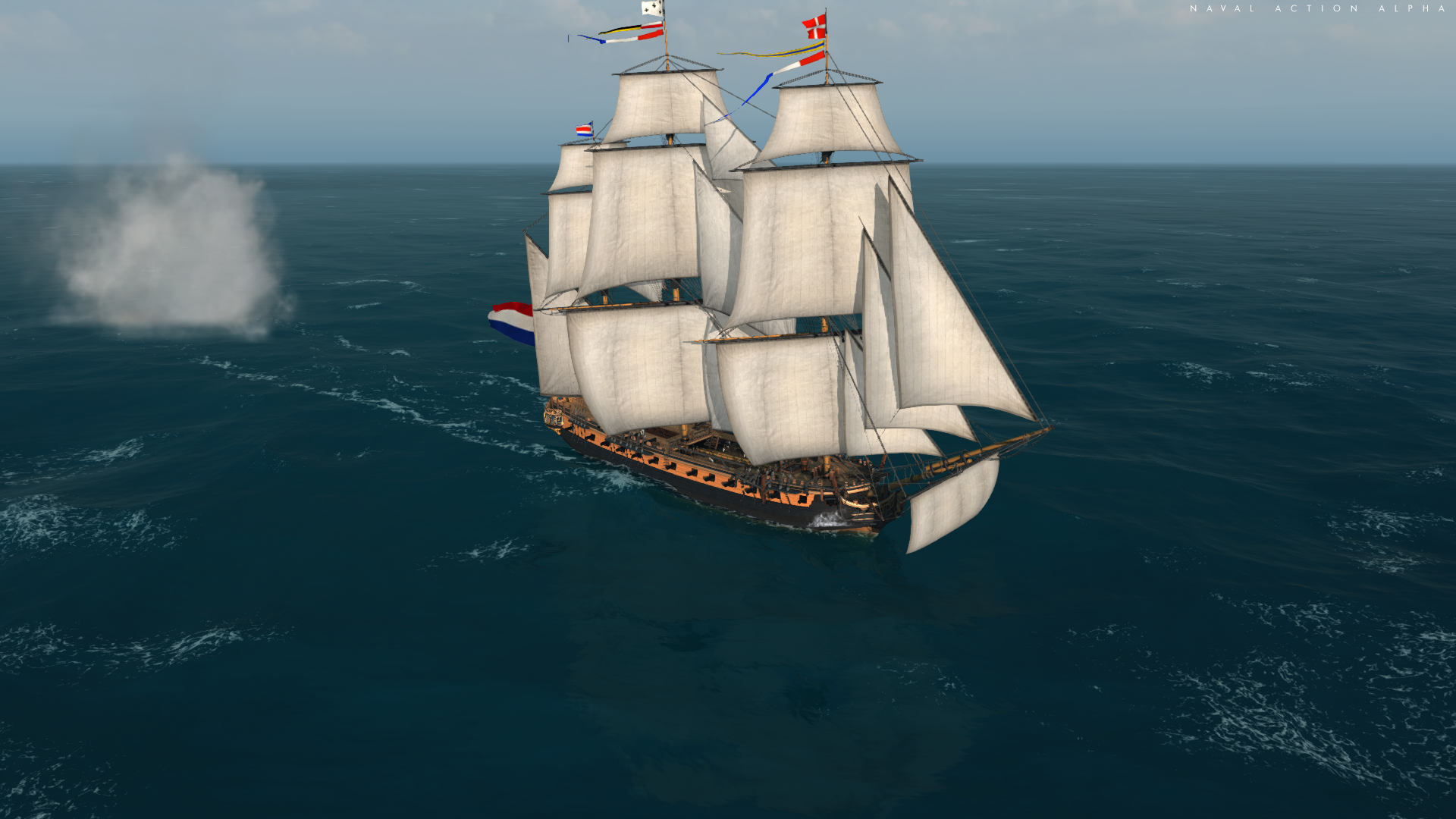

Its other armaments include two 30mm close-in guns systems and 80 peripheral vertical launch cells that can fire Tomahawk missiles, the Evolved Sea Sparrow Missile (ESSM), Standard Missiles, and Vertical Launch Anti-Submarine Rockets.The British Navy as it appears at the battles of the Nile and Copenhagen cannot be properly understood without considering the preceding eight years of war with Revolutionary France, the semi-disaster at Toulon, against the young artilleryman, Bonaparte, the (real) fear of invasion, the growth of the empire, the huge efforts at recruitment into navy, the advances in port technology, the increasing number of enemy ships captured and the weakness of the France, Britain’s principal rival. Its mission set currently parallels that of the DDG-51. But the system was canceled after it was determined that each round would cost at least $800,000. The ship's signature Advanced Gun System was to have shot a precision-guided 155mm munition, the Long Range Land Attack Projectile, or LRLAP. Only three ships of the class are now planned, down from an initial 32, and only one is in service: the USS Zumwalt. Though its hulking size and dramatic geometry are eye-catching, the ship has been plagued by cost overruns and design challenges that left it without a clear use for the Navy. It's roughly 40% larger than an Arleigh Burke-class destroyer, with a length of 610 feet and displacement of nearly 16,000 tons. This unique class of stealthy megadestroyer has an innovative hull design that enables it to appear as a small fishing boat on radar, despite its massive size. The four ships in the class went through a modernization period completed in 2014. They feature a well deck that can fit two LCACs and a deck at the back for helicopter launches and landings. This small class of amphibious ship has been in service since 1995 and is designed to maximize cargo space. Harpers Ferry-Class Dock Landing Ship (LSD-49) All eight ships in the class are still active. The well deck is designed to accommodate up to four Landing Craft Air Cushion (LCAC) hovercraft. The ships can hold a crew of more than 300 and an embarked complement of up to 500 Marines. The Whidbey Island class has been in service since 1985, and features a small flight deck for Ospreys or helicopters and a large well deck for amphibious landing craft and connectors. Whidbey Island-Class Dock Landing Ship (LSD-41) To date, 11 ships have been built in the class. With a length of 684 feet, the ships carry a crew of nearly 350 sailors and can support a Marine landing force of nearly 700.
They're designed to be highly networked and adaptable to emerging platforms and military operations. Smaller than amphibious assault ships, amphibious transport docks feature a short flight deck at the back with room for two V-22 Ospreys to launch or land. This class of ships has been in commission since 2006. San Antonio-Class Amphibious Transport Dock (LPD-17) Only two ships have been built in the America class. A typical aircraft complement for a deployment will include 12 Ospreys and six Joint Strike Fighters, as well as CH-53K King Stallion heavy-lift helicopters, AH1Z/UH-1Y Viper/Huey attack/utility helicopters and Navy MH-60S Seahawk maritime helicopters. It was designed as a platform for some of the Marine Corps' newest aircraft platforms, the F-35B Joint Strike Fighter and the MV-22 Osprey. The America class features more flight deck space for aircraft, but does not have a well deck like the other amphibious assault ships. The first of this newest class of amphib was commissioned in 2014. Only one of the original eight ships of the class is out of service: the Bonhomme Richard, which was severely damaged in a catastrophic fire in July 2020 and is designated for decommissioning in 2021.Īmerica-Class Amphibious Assault Ship (LHA-6) They also feature a well deck from which amphibious craft and connectors can land and launch. The ships are 843 feet in length and can carry up to three dozen aircraft on the flight deck in a mix of fixed-wing and rotorcraft platforms.
#Naval action ranks and ships full#
These ships have been in commission since 1989 and are capable of transporting a full 2,000-strong Marine Expeditionary Unit, with fighter jets, helicopters and combat vehicles. Wasp-Class Amphibious Assault Ship (LHD-1) The classes of amphibious ships include the following:

The Navy's amphibious ships, sometimes called miniature carriers, are used to deploy Marines and sailors forward around the world for training, combat and humanitarian missions.


 0 kommentar(er)
0 kommentar(er)
